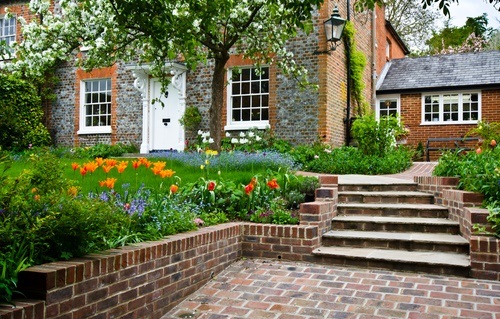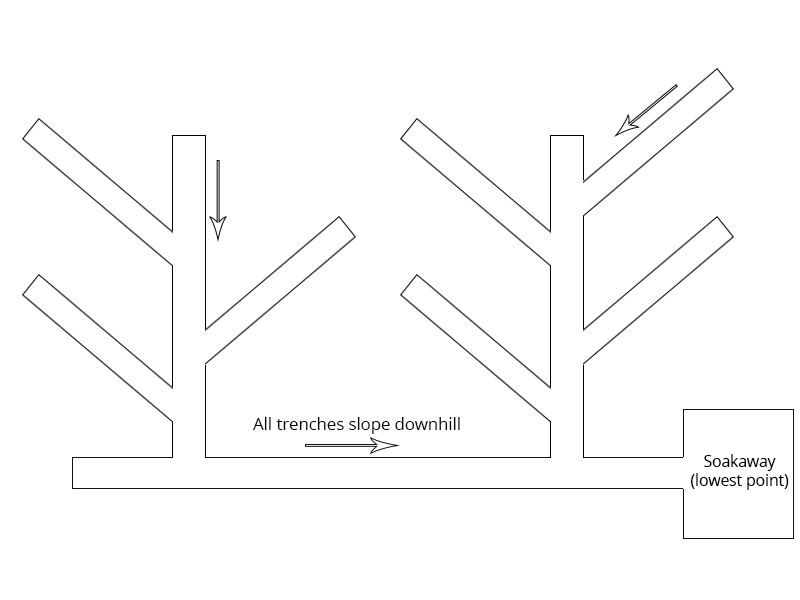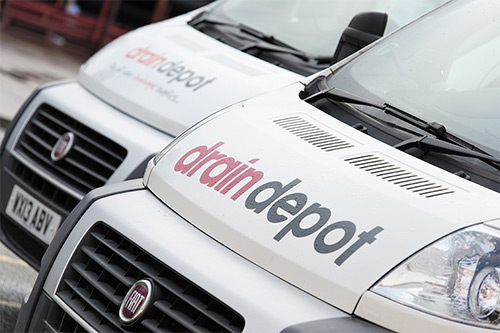In case you missed it see what’s in this section
Let's Talk

Drain Depot: Installing and Improving Garden Drainage
Ensuring that your garden drainage is installed properly is essential for growth of plants as it will hugely improve the conditions for growth.
Not all gardens need drainage systems installed as there are other methods of getting rid of the water such as ditches, soakaways or streams. You can also use water treatment systems which remove unwanted tastes and odours from mains water to provide clean, fresh-tasting water straight from your tap.
There can be many reasons for poor garden drainage; if your seasonal water table is high, water may sit on or close to the surface during rainy seasons. In this blog we will tell you how to install or improve your garden drainage.
Is drainage actually needed?
Before you begin digging up your garden you must test to make sure that drainage is actually needed. Two ways to test are:
1. A percolation test - Pour some water into a hole that is 30-60cm deep and cover to ensure no rainwater can add to it. If the water doesn’t drain into the ground within a day then you will need to fit garden drainage.
2. After a downfall of rain, look out for puddles that don’t drain away within a reasonable amount of time. If pipes are broken it may also cause puddles to occur in which case you wouldn’t need to fit a whole new drainage system but just fix the current one.
How to install land drainage
Before you think about digging anything up you must work out a plan for your drainage. Remember that installing drainage when soil is wet can be very difficult so aim to carry it out in late summer when the weather has been dry.
Piped Drainage: If you have serious drainage problems then it would be best to fit perforated plastic pipes within trenches underground. If you are planning on fitting drainage on a large scale it is probably better to let a landscape or specialist contractor do it however if it is on a small scale it will be fine to do it yourself.
Firstly you must find the water outlet and then the pipes must be laid below the level of cultivation (usually 40-60cm deep and 3-5m apart). You must ensure the trenches follow a natural or constructed slope with a fall of 1:40 leading to the outlet for drainage water. Usually the feeders meet the main line at an angle of 45 degrees using a herringbone layout (Diagram Below). You can buy everything you need for this process here at Drain Depot.

Simple Ditches: This is the easiest and cheapest way of creating drainage in your garden however you may need to spend a bit of money on hiring a small trenching machine. The ditch needs to be around 3ft deep with sloping sides at the lowest end to take away the excess surface water.
French Drains: French drains are used when open ditches aren’t suitable and are made by filling the ditch with coarse gravel. After applying the course gravel you must top it up with turf or permeable membranes which keep soil from penetrating the gravel. Finish off the ditch with topsoil.
Problems when fitting drainage
When digging up your garden to fit drainage ensure you avoid any pipes or cables so that you don’t cut or break them. Also when it comes to finding somewhere for the water to go you may need to work with your neighbours to find somewhere for it to go. You do not want to have the water flowing to the end of your garden and into a neighbour’s garden in case of flooding.
How much does garden drainage cost
Perforated land drain coil can cost anything from £50.00 to £160.00 depending on the length you need. For more information on the cost of underground garden drainage click here.
How to improve soil drainage
There are two ways to improve your soil – firstly you need to add humus which is an organic material similar to compost or manure and secondly adding more nutrients. Both of these will improve the structure of your soil.
By adding organic materials you give the soil more air and help with root development which in turn will improve drainage on heavier soils. The process may need repeating every year. Adding grit to soil can also improve the drainage of your soil as it gives water space to drain through.
Creating a homemade compost heap will give you a free soil improver within six months. Compost will provide you with a fantastic natural source of nutrients along with using up leftover food and garden waste.
Weather in Swindon
Listings




















